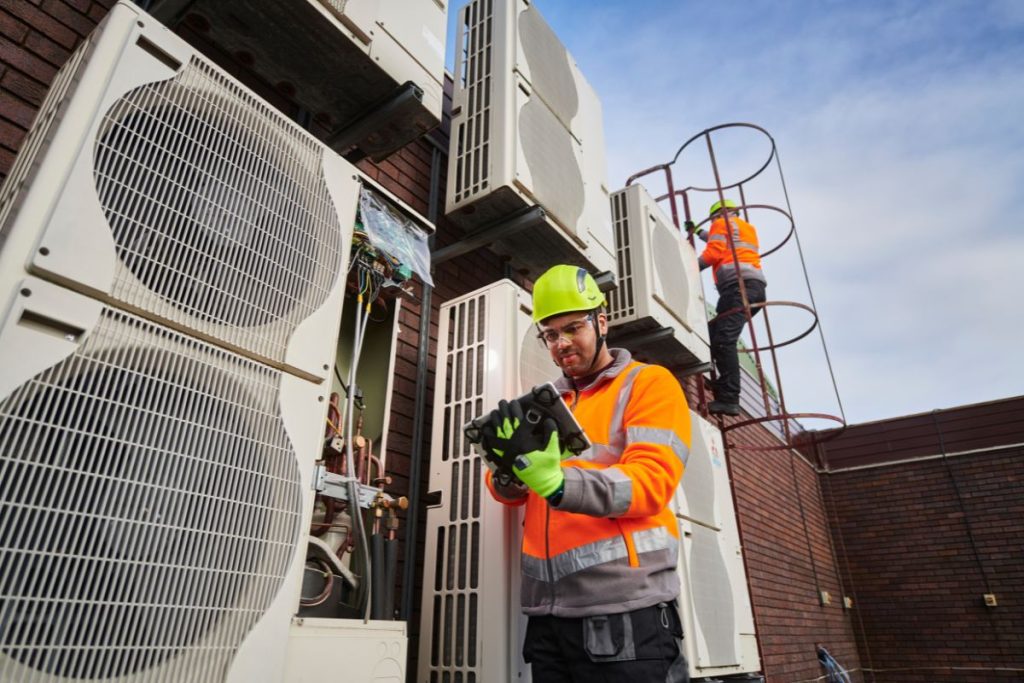
For business owners and facility managers in New Zealand, managing operational expenses and ensuring efficient use of resources is vital for staying competitive. One of the most effective strategies for controlling facility costs is preventive maintenance. Rather than waiting for equipment to break down or systems to fail, adopting a proactive approach to maintaining your facility can reduce unexpected repairs, extend the life of your assets, and significantly lower overall operational expenses.
In this blog, we’ll dive into the key reasons why preventive maintenance is crucial for managing long-term costs and offer actionable tips for implementing a robust maintenance strategy.
Unexpected equipment breakdowns or system failures can result in costly emergency repairs and prolonged downtime. When maintenance is reactive rather than preventive, the damage tends to be more extensive, and the repair costs much higher. For instance, neglecting regular HVAC system servicing could lead to a major breakdown in peak seasons, requiring expensive parts replacement or even a full system overhaul.
How Preventive Maintenance Helps:
Facility assets such as HVAC systems, lighting, plumbing, and electrical equipment represent significant capital investments. Without proper care, these systems can wear down faster, requiring costly replacements. Preventive maintenance helps extend the life of these assets by ensuring that they function efficiently and remain in good working condition.
How Preventive Maintenance Helps:
A well-maintained facility not only runs more smoothly but also consumes less energy. Faulty systems, such as clogged HVAC filters or poorly calibrated equipment, require more energy to perform their functions, leading to higher utility bills. Regular maintenance ensures that your facility’s systems operate at peak efficiency, which can translate into significant cost savings over time.
How Preventive Maintenance Helps:
Unexpected equipment failure can bring business operations to a halt, leading to lost productivity and revenue. Whether it’s a malfunctioning HVAC system that makes the workplace uncomfortable or a broken machine that stalls production, downtime can significantly affect a company’s bottom line. Preventive maintenance helps minimise downtime by keeping all systems in good working order.
How Preventive Maintenance Helps:
Safety is a top priority for any facility manager. Failing to maintain equipment and systems can pose serious safety hazards, such as electrical malfunctions, fire risks, or even structural damage. Regular maintenance ensures that your facility adheres to safety standards and reduces the likelihood of accidents, which could lead to costly legal claims or fines.
How Preventive Maintenance Helps:
The condition of your facility reflects directly on your business. Poorly maintained spaces, whether it’s a dirty office or a malfunctioning restroom, can give the impression that your company lacks professionalism. For businesses that rely on customer-facing spaces, such as retail stores, restaurants, or hotels, a neglected facility can drive customers away.
How Preventive Maintenance Helps:
In New Zealand, various regulations govern the safety and maintenance of commercial properties, from fire safety to electrical systems. Failing to comply with these regulations can result in hefty fines, legal penalties, or even forced closure. Preventive maintenance ensures that your facility remains compliant with all relevant laws and standards, helping you avoid unnecessary legal costs.
How Preventive Maintenance Helps:
Another major advantage of preventive maintenance is the ability to customise a plan that suits your specific facility’s needs. By focusing on high-priority areas and setting a realistic maintenance schedule, you can effectively control costs while ensuring optimal performance.
How Preventive Maintenance Helps:
Preventive maintenance is a smart, long-term investment for New Zealand business owners and facility managers. Not only does it reduce the risk of unexpected breakdowns and repairs, but it also increases the lifespan of your equipment, boosts energy efficiency, and improves safety. By prioritising preventive maintenance, you can save money, reduce downtime, and ensure that your facility remains compliant with regulations.
Invest in a well-planned maintenance strategy today to secure the long-term health of your facility. The cost savings, productivity gains, and enhanced safety will make preventive maintenance worth every penny.
Ready to optimise your facility’s maintenance strategy? Contact us today for tailored preventive maintenance solutions that will save your business money and improve operational efficiency.
Sign up to get the Latest Updates
Caring for Kiwis over 30 years